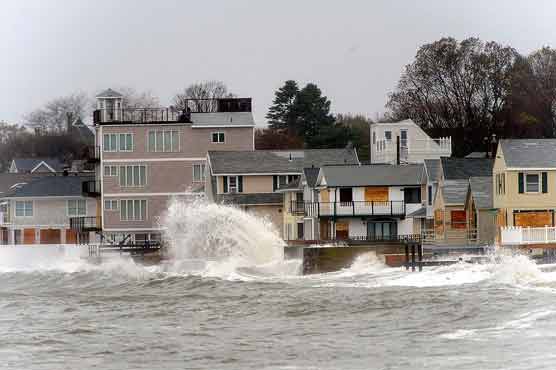Superstorm calls for NYC sea barrier

The destruction wreaked by superstorm in New York City can be prevented with a sea barrier.

The destruction wreaked by superstorm in New York City can be prevented with a sea barrier.